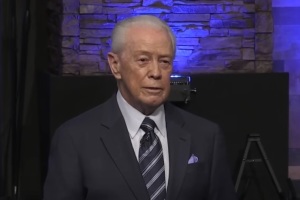Unemployment Benefit Mispayments Top $14 Billion
Through errors and fraud, the U.S. Department of Labor reports that it sent over $14 billion in unemployment benefits last year to people who did not qualify to receive the payments.
The most common reason for the overpayments: those who found a job continued to receive benefits. This represented nearly one-third (30.3 percent) of the $14.19 billion in improper payments.
The second most common reason, 21.3 percent, was the failure of employers or their health insurance administrators to provide adequate and timely information about their former employees. Failure of those receiving benefits to comply with the requirements to continue looking for a job was the third most common reason, 20.9 percent, for the overpayments.
Unemployment insurance is a federal government program administered by the states. The overall rate of overpayment was estimated at 11 percent, but for 13 states the rate topped 14 percent. Indiana and Louisiana had the highest overpayment rates by far at 43.57 and 43.55 percent, respectively. New Mexico had the next highest rate at 27.07 percent. Vermont and Massachusetts had the lowest overpayment rates at 4.54 and 5.06 percent, respectively.
While the overpayments are typically caused by errors on the part of the government agencies, employers or beneficiaries, they can also be caused by those intentionally defrauding the system.
CNN Money reported Monday on eight different unemployment scams. They include collecting benefits while in prison, creating a fake company and filing claims in the name of dead people. In one example, a man laundered $350,000 in fraudulent unemployment checks and sent some of the money to a terrorist group.
Unemployment insurance is paid by employees through a payroll deduction. They become eligible to receive the benefits when they lose their job, though eligibility requirements vary from state to state.
After the economic recession that began in 2008, the federal government has extended the amount of time that beneficiaries can receive benefits, first in the 2009 stimulus bill. The benefits were extended again this February until the end of this year.
Some studies by economists, including one co-authored by Alan Krueger, President Obama's top economic adviser, have demonstrated that extending unemployment benefits will serve to lengthen an economic recovery because beneficiaries tend to spend less time looking for work.




























